Lights, camera, education! A comprehensive review of film schools and how to choose one that’s right for you
Are you considering attending film school in the US to bolster your cinematography career, but aren’t sure where to begin? You’ve come to the right place, because Destination Film Guide has curated an in-depth guide with essential considerations to help you choose the right institution, from what you can gain by attending film school to pro tips for applying. We’ve also listed the 10 top film schools in the US, including tuition costs and highlights for each school.
Looking for the perfect film location? Get your FREE copy of Destination Film Guide and discover unique locations, production resources and expert insights.
Choosing the Right School: Four Things to Consider
There are several aspects to consider when selecting the best school for you, including the tuition. Here, we break it down into four key considerations.
- Tuition, Financial Aid and Scholarships – Like attending any higher education institution, it’s vital to understand the cost of tuition, financial aid options and scholarships. Different schools offer diverse economic opportunities, so research each school thoroughly to learn about the financial assistance and other cost-effective measures they may provide.
- Film School Programs – Many film schools have similar programs such as directing, editing and film production. However, for those who may want to venture behind the scenes and learn about aspects such as set design, sound and audio production, and film theory, the availability of these niche programs varies across schools.
- Teaching Style – Educational style and experiences are another factor that may influence a student’s decision about which school to attend. Is the style of education primarily hands-on or lecture-based? Film schools also offer multiple opportunities to engage directly with the film industry. From partnerships with different studios, industry leaders and internships, the opportunities provide you with firsthand experience and get your foot in the door.
- Postgraduate Opportunities – Among all these considerations, postgraduate opportunities and alumni job placement may take precedence for most students. Many film schools assist graduates with finding jobs in their prospective fields. so you should consider the assistance a future film school can offer you post-graduation.
Ask yourself the following questions:
- Does the style of teaching work for you?
- Is the school in a location where you’d like to live after you graduate?
- Do the programs they offer align with your career goals?
Ultimately, it’s essential to consider a school that aligns with your career goals. Find an option that offers courses tailored to your desired field of study, your preferred learning method (hands-on, theory-based, or a combination of both), and whether you are seeking a more personalized, smaller school environment or a larger institution with excellent networking opportunities.
9 Top Film Schools in the US to Consider
In alphabetical order, we highlight 10 exceptional film schools around the country that are ready to welcome you into their alumni community. (Note: tuition prices reflect 2025)
1.) American Film Institute (AFI)
Los Angeles, CA
Located on the West Coast, with easy access to the networking hub that is Hollywood, the American Film Institute in Los Angeles provides students with multiple opportunities to afford the $63,757 tuition rate. AFI offers scholarships in various areas, including a $20,000 screenwriting scholarship and tuition-free courses, such as the Cinematography Intensive for Women and the Directing Workshop for Women. AFI has also invested more than $2 million in updating software and hardware to enhance learning. With specialized teaching tailored to each program, AFI offers graduate students a unique opportunity to advance their careers in directing, screenwriting and numerous other areas.
2.) California Institute of the Arts (CalArts)
Santa Clarita, CA
Another West Coast gem, located in Santa Clarita, California, is the California Institute of the Arts (CalArts). With infamous founders Walt and Roy Disney, CalArts is a dream destination for future animators. With one of the most distinguished alumni networks, students can use state-of-the-art studios and facilities to become among the best animators. With stable tuition of $58,313 for both undergraduate and graduate students, CalArts prides itself on being more affordable than some of its competitors. Given its proximity to Hollywood, CalArts is the leading animation school in the film education industry.

3.) Chapman University-Dodge College of Film and Media Arts
Orange, CA
In Orange, California, Chapman University’s Dodge College of Film and Media Arts is a rapidly rising destination for students seeking to focus on production design, filmmaking and cinematography. With tuition rates of $64,580 for undergraduates and $63,946 for graduates, this prestigious college offers numerous financial aid opportunities, including an average award of $31,000 per student. Dodge has also invested in insignificant upgrades, including a new 40-foot LED wall, which has attracted notable visits from Hollywood legends such as Ari Aster and Alexander Payne. With top-rated sound stages and facilities, students can gain a career-focused education while having access to strong industry-connected internships.
4.) Emerson College–School of Film, Television and Media Arts
Boston, MA
Located in Boston, Emerson College’s new School of Film, Television and Media Arts offers strong programs in media and communications. One of the most enticingaspects of Emerson is the opportunities to learn outside of Boston. Internships in places such as Los Angeles and Prague enable students to take their education abroad and gain diverse perspectives on the film industry. Undergraduate tuition is moderate at $56,568, and graduate admission is currently set at $1,444 per course hour. Emmerson provides students with a hands-on curriculum, a newly introduced virtual production teaching program, and a satellite campus in Los Angeles. The MFA program at Emerson features a low-residency format, offering smaller class sizes and a more personalized master’s degree.
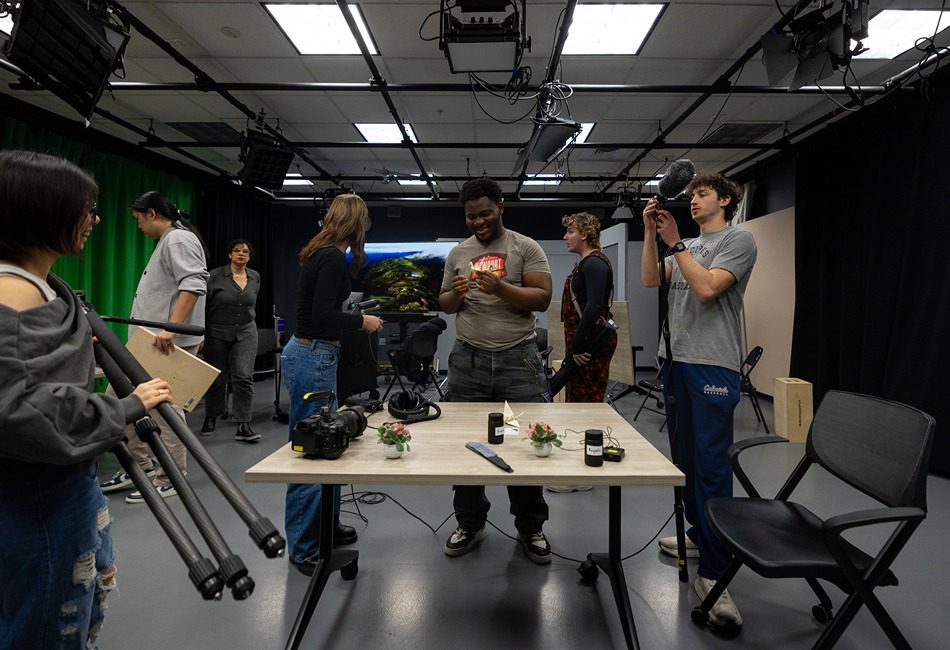
5.) Florida State University School of Film and Television
Tallahassee, FL
While often overlooked, the FSU College of Motion Picture Arts is a valuable asset for students interested in pursuing a career in animation and film production. Located in Tallahassee, Florida, the student body is diverse, with more than two-thirds of the student population being people of color. FSU is more financially friendly, with tuition for Florida residents at $6,516 and for non-residents at $21,683, which is at the lower end for film schools. Notable alumni include film director Wes Ball, who directed The Maze Runner franchise. Students at FSU can create their own films, which are fully funded by the school, promoting teamwork and a professional workflow among learners.

6.) Loyola Marymount University School of Film and Television
Los Angeles, CA
At Loyola Marymount University in Los Angeles, students can immerse themselves in an educational journey focused on production and screenwriting, utilizing new and innovative technology. As AI becomes increasingly important in professional fields, LMU offers multiple courses that incorporate AI into industry applications, such as Producing and Screenwriting with AI, and has partnerships with Loyola Law School. Additionally, with more than $500,000 in recent upgrades to digital imaging, students can learn using new and improved equipment. A notable aspect of LMU is its designation as a top Hispanic-Serving Institution by the Hispanic Association of Colleges and Universities, making it an appealing school for students looking for a more diverse and inclusive environment. Undergraduate admission costs $61,867, while graduate admission costs $1,626 per unit.
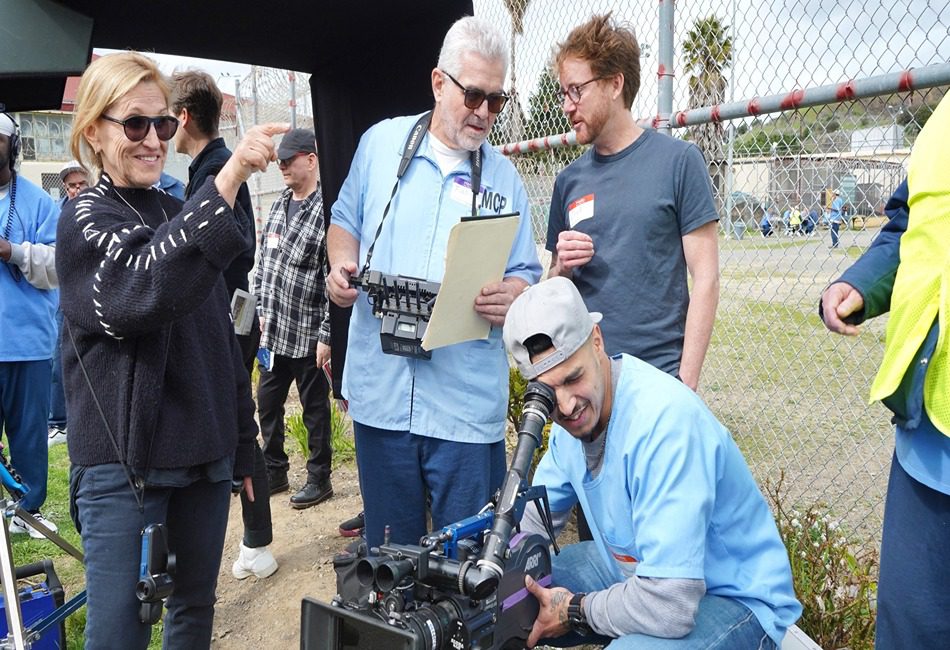
7.) NYU Tisch School of the Arts
New York City, NY
One of the most highly regarded film schools, New York University’s Tisch School of the Arts, offers students a prestigious film education. Tisch has dedicated itself to upgrades for both undergraduate and graduate students. With a significant proportion of the student body being female, this school has made notable improvements in addressing the gender barrier in filmmaking. Tisch offers students internship opportunities through the Martin Scorsese Investment Fund that emphasize film preservation. Additionally, Tisch has worked to increase access to film school opportunities for low-income students through the Promise Program, which provides free education to offset undergraduate tuition. Tisch has notable alumni, including Spike Lee, and has won numerous awards at showcases such as the Student Academy Awards. With a location like New York, Tisch is an ideal area for students looking to enter the indie film scene and hone their skills through notable writing and directing careers.

8.) UCLA School of Theatre, Film, and Television (TFT)
Los Angeles, CA
At the UCLA School of Theatre, Film, and Television (TFT), students can gain a more affordable, hands-on learning experience.TFT is known for its affordability compared to other film schools, with in-state undergraduate tuition at $13,752 and out-of-state undergraduate tuition at $33,282. In comparison, resident graduates pay a lower tuition of $18,137, while out-of-state graduates pay a higher tuition of $33,238. As a public school, TFT provides a top-tier education to a larger number of students, complemented by its proximity to Hollywood. One of the significant upgrades to TFT includes a course designed to integrate AI into the film industry, introducing new and innovative technology that can be applied across multiple programs. With a more practical and academic approach, TFT prides itself on being the alma mater to filmmakers and directors, Justin Lin and Frances Ford Coppola.
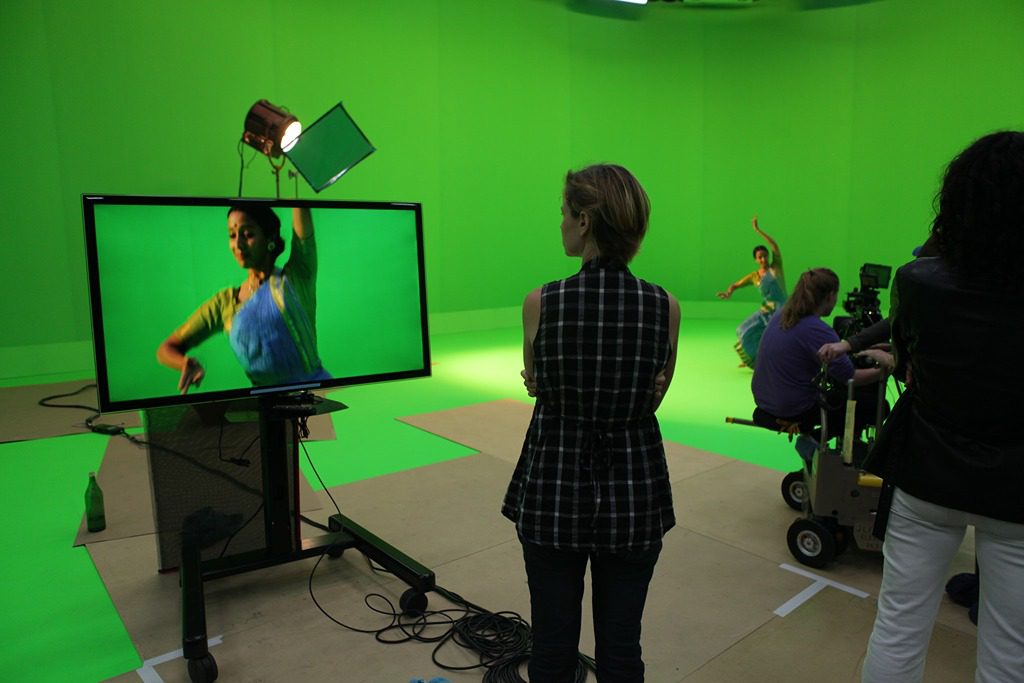
9.) Moody College of Communication and Department of Radio-Television-Film
Austin, TX
Moody College of Communication, part of the University of Texas at Austin, is one of the top film colleges in the South. Priding themselves on one of the most affordable options for film students, tuition for Texas residents is just $11,752 per year, while non-resident students have a tuition of $40,996. With limited access to the Hollywood scene, Moody College offers a distinct landscape benefit for students interested in pursuing film, TV, and media studies. The environment at Moody College is ideal for students seeking to enter the indie film and documentary scene. Students can pursue a film education with a blended focus of academic research and industry-level filmmaking at this leading public film school. Notable alumni include Richard Linklater, the director of Boyhood, and Robert Rodriguez, known for films such as Sin City. Moody College is a prospective option for strong students and independent thinkers who seek to integrate cultural analysis into their film careers.
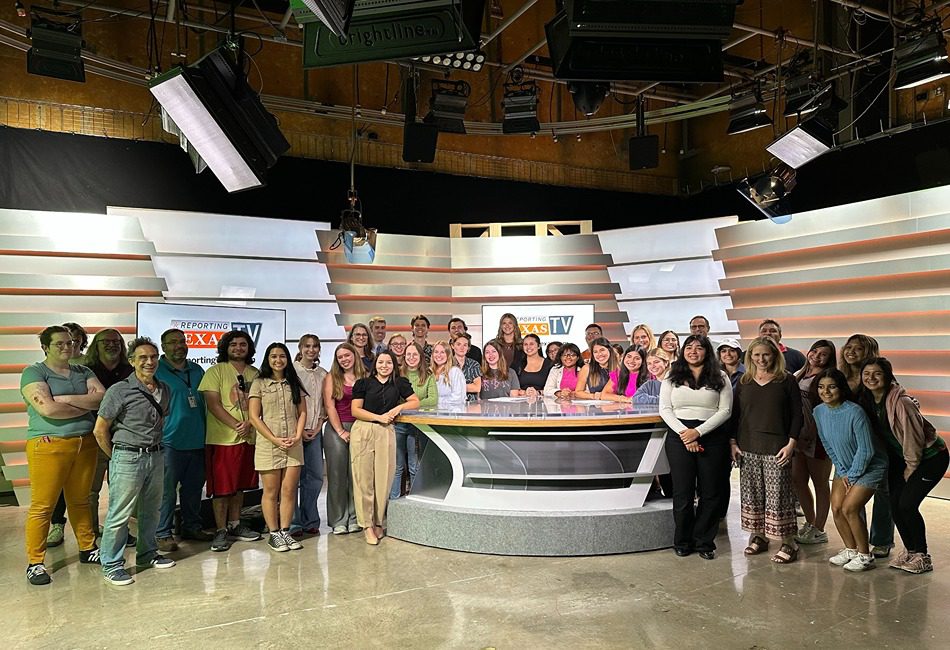
10.) USC School of Cinematic Arts
Los Angeles, CA
In the heart of Los Angeles, the USC School of Cinematic Arts has made significant improvements to establish itself as one of the top film schools. With AI becoming an integral part of everyday life, courses such as Critical and Creative Approaches to AI and Real-Time CG Filmmaking bridge the gap between AI and film studies, offering a deeper understanding of their intersection.USC also provides hybrid-theory, in-class instruction, many of which are taught by notable producers such as Gail Katz and Susan Cartsonis. Additionally, a $5 million endowment will enable courses on docuseries production and single-camera comedies through the new Episodic Television program. USC is a prospect for students, with tuition ranging from $69,904 for undergraduates to $39,533 to $58,621 for graduate students. With a highly competitive admissions process, USC provides students with top-tier connection opportunities to Hollywood moguls and an impressive alumni network.
Be the first to discover hidden gem filming locations! Sign up for the Destination Film Guide newsletter and get the latest updates on filming incentives, location insights, and production resources.
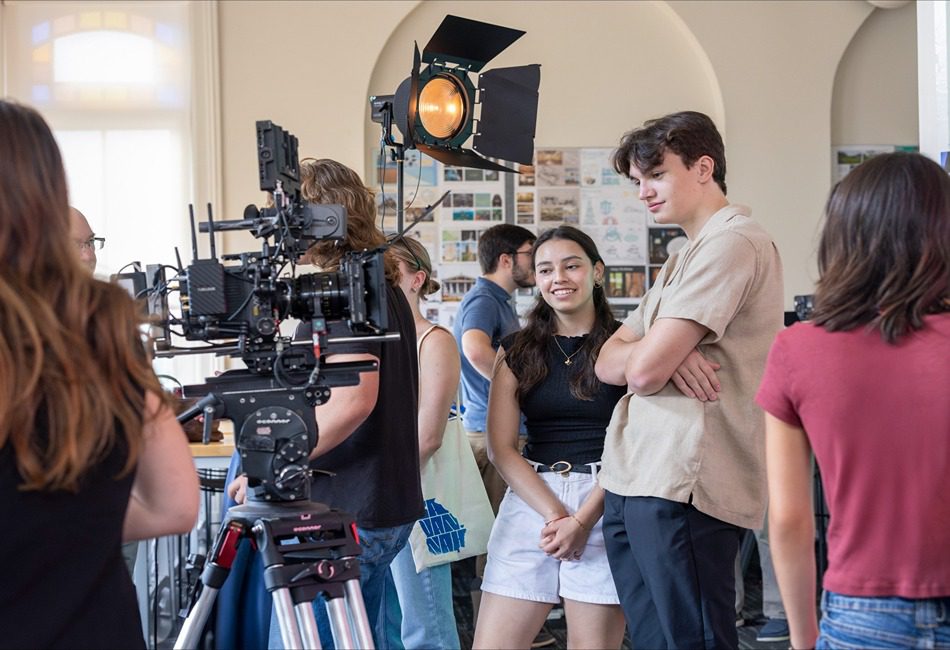
Hidden but Powerful: 3 Lesser-Known Options
While the previous list of schools provides stop contenders across the country, there are also smaller colleges with equally credible film programs that aren’t on your radar. The benefits of attending a smaller school can range from scaled-down class sizes and personalized education to more affordable tuition and less competition.
1.) Full Sail University
Winter Park, FL / Online
Full Sail University, based in Winter Park, Florida, offers students accessible ways to gain an impressive film education at a reputable college. Full Sail University offers both graduate and undergraduate programs, with a program length of just under two years. Undergraduates pay a total of $92,000 in tuition, while graduates pay $37,000. A glamorous aspect of Full Sail’s film program is its blend of in-class teaching and online courses, making it flexible and better suited to reach more students who have difficulty with in-person access. Although far from the Hollywood scene, Full Sail provides students with state-of-the-art production equipment, allowing them to practice their skills. Full Sail offers programs spanning production through distribution, as well as accelerated courses for fast-paced learning.
2.) San Francisco State University School of Cinema
San Francisco, CA
Located in central California near the bar area, the School of Cinema at SFSU has programs specializing in film production, screenwriting, animation, and critical theory for both undergraduates and graduate students. Many courses focus on digital, interactive, and experimental production, providing students with a range of hands-on learning opportunities. The graduate program averages about 50 students, allowing for much more personal learning and collaboration efforts among film students. Students seeking careers in independent, experimental, and theory-based filmmaking can find their aspirations fulfilled at the SFSU School of Cinema. The current cost of admission for undergraduates, for both resident and non-resident students, is $8,256, the general admission price. Graduates can expect tuition of $444 per unit.
3.)Savannah College of Art and Design (SCAD)
Savannah, GA
At SCAD, students with interests in film, animation, and visual effects can have all their academic needs met. Located in multiple locations, including Savannah and Atlanta, students pursuing undergraduate and graduate degrees can find moderate tuition of $41,130 per year. Many alumni include top animators from Pixar and Marvel, two leading film franchises. SCAD offers courses in world-class animation and FX training, with a sole focus on practical skills rather than film theory. An ongoing expansion at SCAD includes new improvements such as a town square, city hall, and a family home that students can use to integrate filmmaking into their education.

What Can You Gain by Attending Film School?
While a film school education is often required to bring a box office hit to the screen, it offers more than many realize. Film institutions equip you with a range of skills essential for creating videos, TV shows, blockbuster movies, documentaries, and other forms of media.
Understanding Unique Aspects of Filmmaking
You can explore various areas, including cinematography, directing, editing, sound, and set design. To make a film, multiple areas are equally important, including directing, and each component directly contributes to the success of a great movie.
Industry Exposure
Top film schools in the US offer learners not only education in filmmaking but also exposure to the industry itself. Many establishments use real production studios, professional-grade equipment, and grant access to film festivals and events to demonstrate how everything from the classroom comes to life in real-world settings.
Real World, Tangible Experiences
Through workshops, collaboration and projects, film schools are heavily interactive and encourage teamwork. When you attend, you receive tangible lessons you can use throughout your life. These institutions encourage creativity and challenge you to step out of your comfort zone, using your mind to create unique films while understanding the importance of criticism and the industry’s unpredictability.
Networking Prospects
These establishments also offer numerous opportunities to network and build relationships that can help advance your career. Many of the top film schools in the US provide hands-on learning and opportunities to study with renowned professionals. Since the industry is constantly evolving, it’s beneficial for you to establish relationships with those who already have a foothold in the production world.
Tech Advancements Mean New Opportunities
Today, filmmaking often involves computer-generated imagery (CGI). This has led to an increased demand for animators in the film industry. Additionally, streaming has surpassed traditional viewing methods, including theaters and cable television. With the emergence of new trends, film schools now offer students more than ever before.
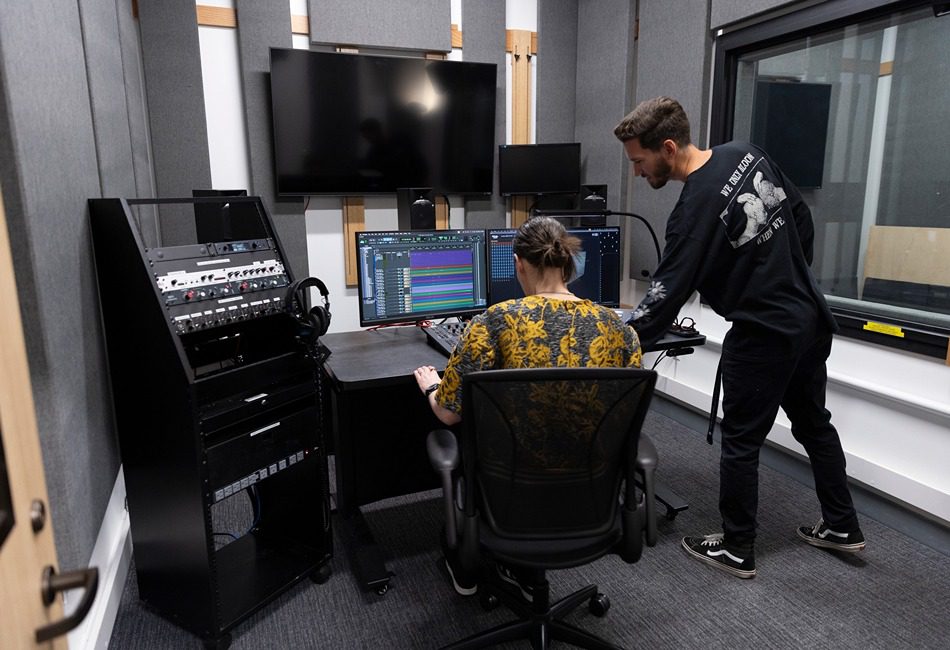
Tuition and What You Get Out of It
Tuition for film school can be intimidating, as it is one of the most expensive educational paths. Inside the pricey tuition, students are paying morethan just for classes.
- With higher tuition rates, many film schools offer financial aid to students through scholarships, grants and low-income financial programs. When considering the price, note the opportunities the school provides and how they can enhance your career trajectory.
- Film schools offer firsthand experience working with Hollywood-grade equipment, access to reputable studios, and opportunities for internships and networking with key figures in the film industry.
- Many prestigious film schools provide opportunities to work with prominent franchises, such as Pixar, Marvel, and Disney, which can help further your career after graduation.
Tips for Application Season
When applying to any film schools in the US, there are multiple things to prepare for. Consider the following factors that can make you a prospective candidate:
- Application fees usually apply. By reaching out before applying, admissions may waive the application fee if you demonstrate a strong interest.
- A strong portfolio is essential. Film school is a competitive field, so when applying, be prepared to showcase your outstanding work and demonstrate your capabilities to future educators. This can include school film projects, independent projects, and anything you’ve created that displays your passion for film.
- Essays are common for college applications, but with film schools, you may have to submit an essay about your passions and what your expectations are by attending their school. They want to understand why you chose their university and how you see yourself fitting into their programs.
- Letters of recommendation from professionals in your life are highly recommended and very helpful to those who review applicants.
- Reach out to interview with admissions before or upon applying. Interviews can help admissions officers see your passion for attending their school and help you stand out before you enroll.
- Financial aid is available to many who qualify. When applying, also be sure to look for any scholarships for which you are eligible and other available financial assistance.
- Research application deadlines or early-admittance applications for which you can apply.
What’s New and What’s to Come for Film Schools in the US
With the increasing number of innovative technologies, many new aspects of filmmaking are being introduced in US film schools. Artificial intelligence has become a newly introduced tool, and programs have been designed to incorporate AI into film in appropriate and ethical ways.
Film schools have also been modifying their programs to include courses that help students understand the different styles of filmmaking that appeal to streaming audiences versus those that appeal to traditional movie theater settings.
Additionally, gaming has evolved more than ever, opening a bigger market for game designers. Game design differs from filmmaking, but many schools now offer programs focused on virtual and digital media design, which is primarily used to create video games. As technology and the film industry continue to innovate, film schools have numerous opportunities to introduce these new developments to future industry pros.
Find the perfect setting for your next project! Join our newsletter for expert location insights, industry news, and filming incentives—all free!
By Stephanie Aguilar


